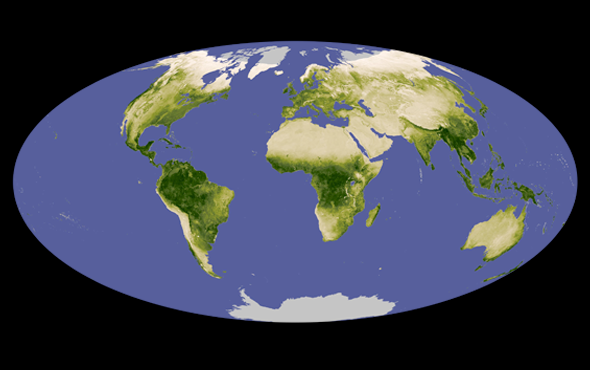
PERU
Analysis of 700,000 years of sediment from an Andean lake shows that tropical mountain glaciers in the Southern Hemisphere grow and shrink in sync with ice sheets in the Northern Hemisphere, despite local differences in climate and sunlight. They are shaped by greenhouse gases, Earth’s orbit and other global factors.
CANADA
Researchers used key photos from amateur astronomers to help explain a mysterious red glow appearing alongside the Northern Lights. It is likely caused by electrons—a by-product of the protons that trigger the typical green aurora—raining onto Earth’s magnetic field.
SOUTH AFRICA
A new sediment-dating method, less affected by the scrambling of rock layers over time, has shown that fossils of early prehumans found near Johannesburg are one million years older than previously thought—potentially old enough to add a new branch to the human evolutionary tree.
ITALY
Pollen and plant fragments from wine jars in the San Felice Circeo harbor reveal that ancient Roman winemakers used local grapes but imported pine tar from hundreds of miles away to seal the jars—and maybe to flavor the wine.
IRAQ
A 3,400-year-old city re-emerged from the Tigris River during a drought this year. Archaeologists used the dry spell to further explore the ruins, finding well-preserved clay walls, cuneiform tablets and a multistory storage building.
CAMBODIA
A 661-pound endangered giant stingray from the Mekong River may be the largest freshwater fish ever caught. The roughly 13-foot-long behemoth has been fitted with a tracker and transmitter to examine the ray’s migration and behavior.
This article was originally published with the title “Quick Hits” in Scientific American 327, 4, 22 (October 2022)
doi:10.1038/scientificamerican1022-22a
